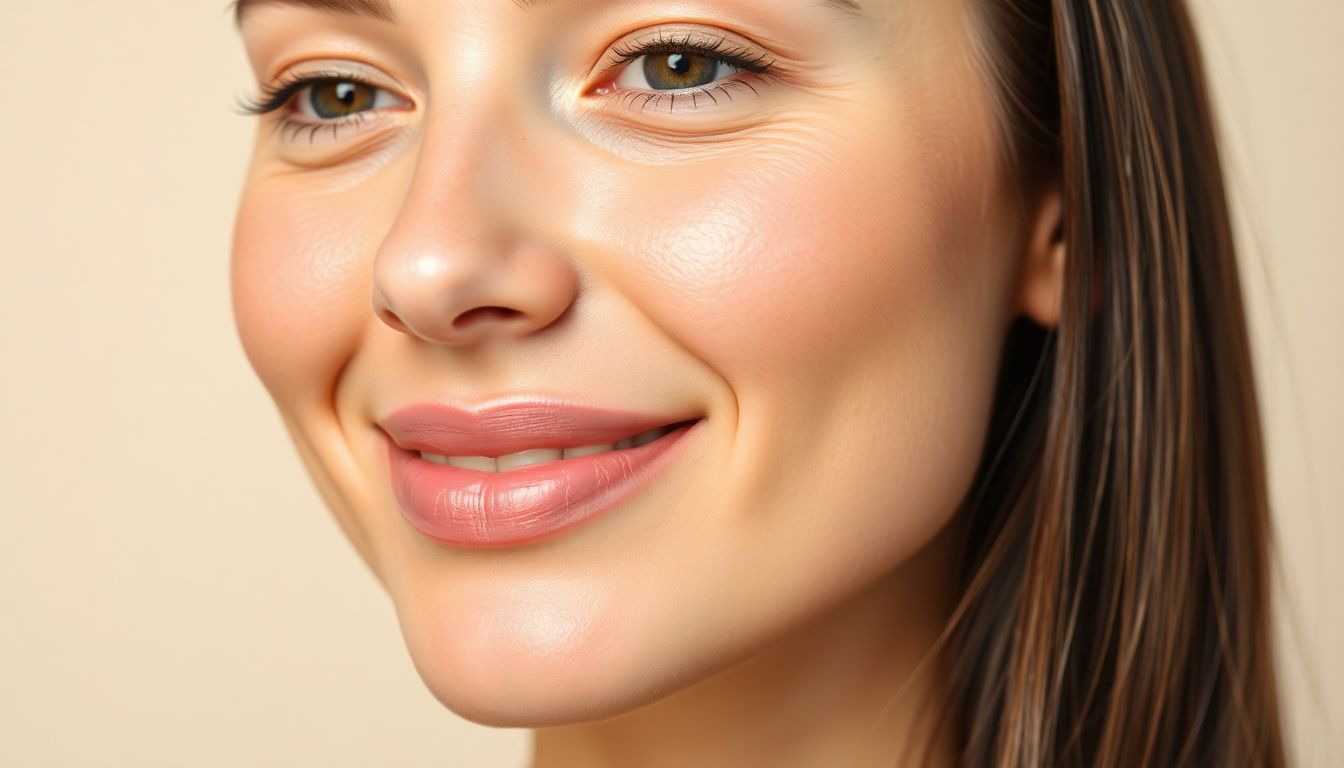
The journey to clear skin can feel overwhelming. Acne affects millions and impacts not just appearance, but also emotional well-being. It’s essential to adopt a holistic approach to achieve lasting results. This article explores expert tips for achieving and maintaining acne-free skin.
The Prevalence of Acne: Shocking Statistics and Global Impact
Acne is one of the most common skin conditions worldwide. Studies show:
- Approximately 85% of people aged 12 to 24 experience acne.
- Many adults continue to suffer from acne well into their 30s and beyond.
- Acne can lead to significant healthcare costs and lost productivity.
Understanding these facts highlights the importance of effective treatment options.
The Emotional Toll of Acne: Beyond Physical Appearance
Acne isn’t just a skin issue; it can affect self-esteem and mental health. Many struggle with anxiety, depression, and social withdrawal due to their skin condition. Seeking support and focusing on solutions can help break this cycle.
The Promise of Lasting Results: A Holistic Approach
Achieving clear skin requires more than topical treatments. A comprehensive strategy involves skincare, lifestyle changes, and sometimes professional help. This multi-faceted approach can lead to long-term success.
Understanding Your Skin: The Foundation of Acne Treatment
Skin Type Identification: Oily, Dry, Combination, Sensitive
Knowing your skin type is crucial for selecting the right products. Here’s a quick guide:
- Oily: Shiny appearance and large pores.
- Dry: Tight, flaky, or rough texture.
- Combination: Oily in some areas and dry in others.
- Sensitive: Prone to redness, irritation, or burning.
Common Acne Triggers: Diet, Stress, Hormones, and More
Identifying triggers can help you prevent breakouts. Common factors include:
- Poor diet high in sugars and dairy.
- Stress that leads to increased hormone levels.
- Hormonal changes related to menstruation or maturity.
- Environmental factors like pollution.
Identifying Your Acne Type: Comedonal, Inflammatory, etc.
Different types of acne require different treatments. Key types include:
- Comedonal: Open and closed comedones (blackheads and whiteheads).
- Inflammatory: Papules, pustules, nodules, and cysts.
Proper identification allows for targeted treatments.
Building a Personalized Skincare Routine: Products and Practices
Cleansing: The Importance of Gentle Yet Effective Cleansers
Start your routine with a gentle cleanser. Look for one that:
- Removes dirt and oil without stripping moisture.
- Contains salicylic acid or benzoyl peroxide for added acne-fighting power.
Exfoliation: Chemical vs. Physical—Choosing the Right Method
Exfoliation helps to remove dead skin cells. Choose one of the following methods:
- Chemical exfoliants: Use alpha or beta hydroxy acids.
- Physical exfoliants: Use scrubs with gentle, natural ingredients. Avoid harsh beads.
Moisturizing: Hydrating Your Skin, Regardless of Skin Type
Even oily skin needs moisture. Choose a non-comedogenic moisturizer to keep your skin hydrated without clogging pores.
Lifestyle Adjustments for Clear Skin: Beyond Skincare
Diet and Nutrition: Foods to Include and Exclude
A balanced diet supports skin health. Consider:
- Foods to include: Fruits, vegetables, whole grains, and lean proteins.
- Foods to avoid: Sugars, dairy, and processed foods which can trigger flare-ups.
Stress Management Techniques: Mindfulness, Exercise, and More
Managing stress is vital for clear skin. Some effective techniques include:
- Practicing mindfulness or meditation.
- Engaging in regular exercise.
- Taking time for hobbies and relaxation.
Sleep Hygiene: Prioritizing Quality Rest for Skin Repair
Quality sleep promotes skin repair and overall well-being. Aim for at least 7-8 hours of sleep per night. Create a calming bedtime routine to improve sleep quality.
Seeking Professional Help: Dermatologists and Other Experts
When to See a Dermatologist: Severe Acne or Persistent Breakouts
If over-the-counter treatments fail, it's time to consult a dermatologist. Early intervention can prevent scarring and worsening conditions.
Common Acne Treatments: Topical Medications, Oral Medications, Procedures
Dermatologists often recommend various treatments, including:
- Topical medications like retinoids and antibiotics.
- Oral medications such as hormonal therapies or isotretinoin.
- Procedures like laser therapy for severe scarring.
Finding a Qualified Dermatologist: Research and Recommendations
Look for a board-certified dermatologist. Check reviews and ask for recommendations from friends or family.
Maintaining Clear Skin Long-Term: Prevention and Continued Care
Consistent Skincare Routine: Adherence and Adjustments
Stick to your personalized skincare routine. Make adjustments based on how your skin responds.
Sun Protection: Preventing Hyperpigmentation and Scarring
Daily sun protection is essential. Use a broad-spectrum sunscreen with at least SPF 30 to protect against UV damage.
Regular Check-ups: Maintaining Healthy Skin Over Time
Schedule regular dermatologist visits to monitor skin health and make necessary changes to your treatment plan.
Conclusion: Your Journey to Lasting Clear Skin
Achieving acne-free skin is possible, but it requires patience and effort. Here are key takeaways:
- Understand your skin type and triggers.
- Build a personalized skincare routine.
- Make lifestyle adjustments to support skin health.
- Seek professional help when needed.
Celebrate every success on your journey to clear skin. With commitment and the right strategies, you can embrace your unique beauty confidently.
